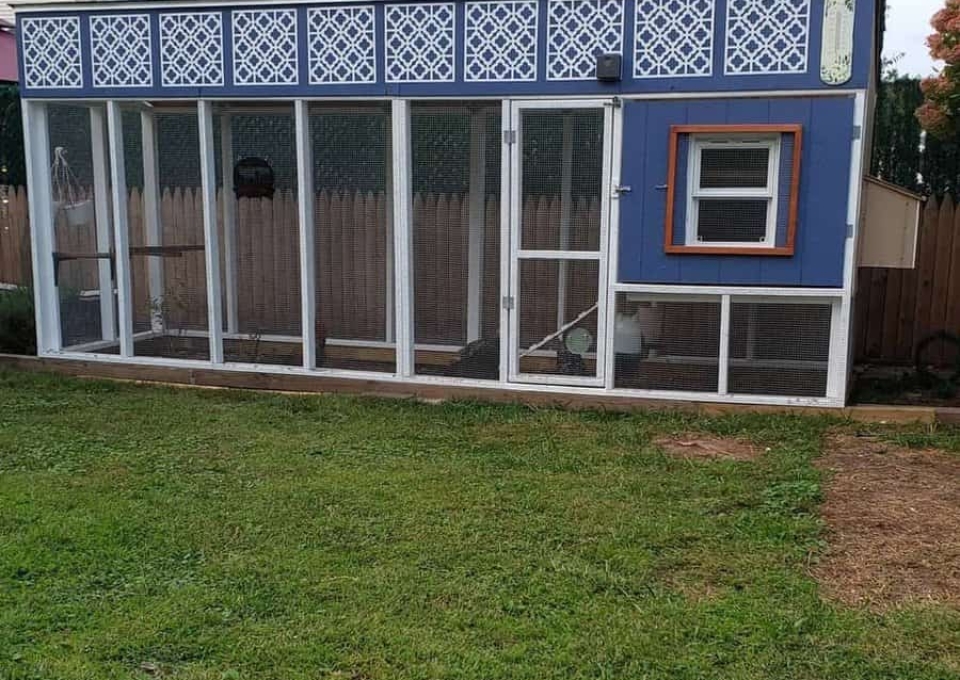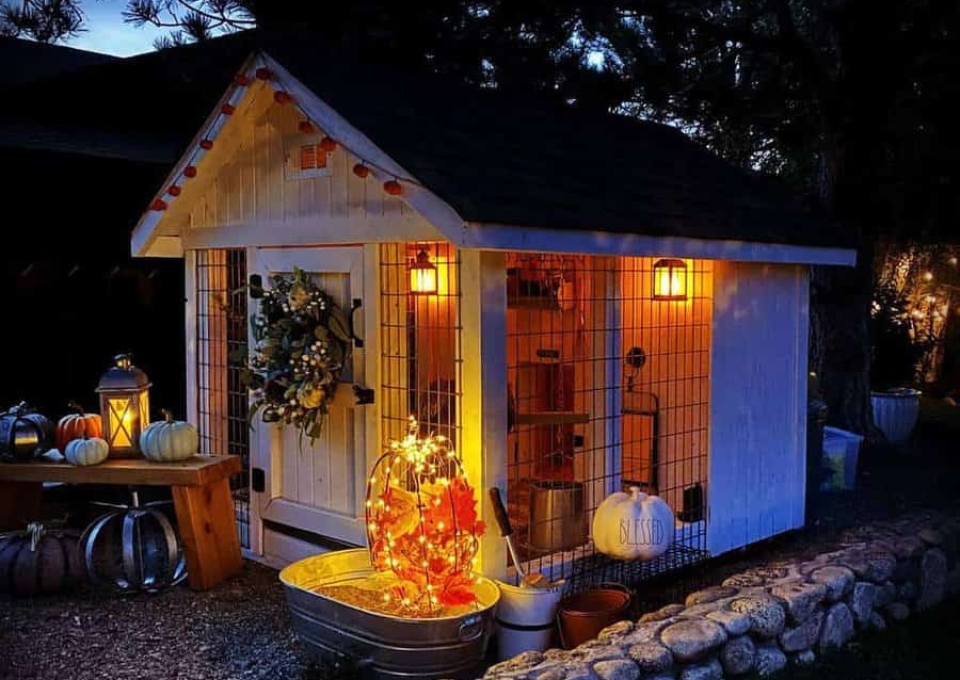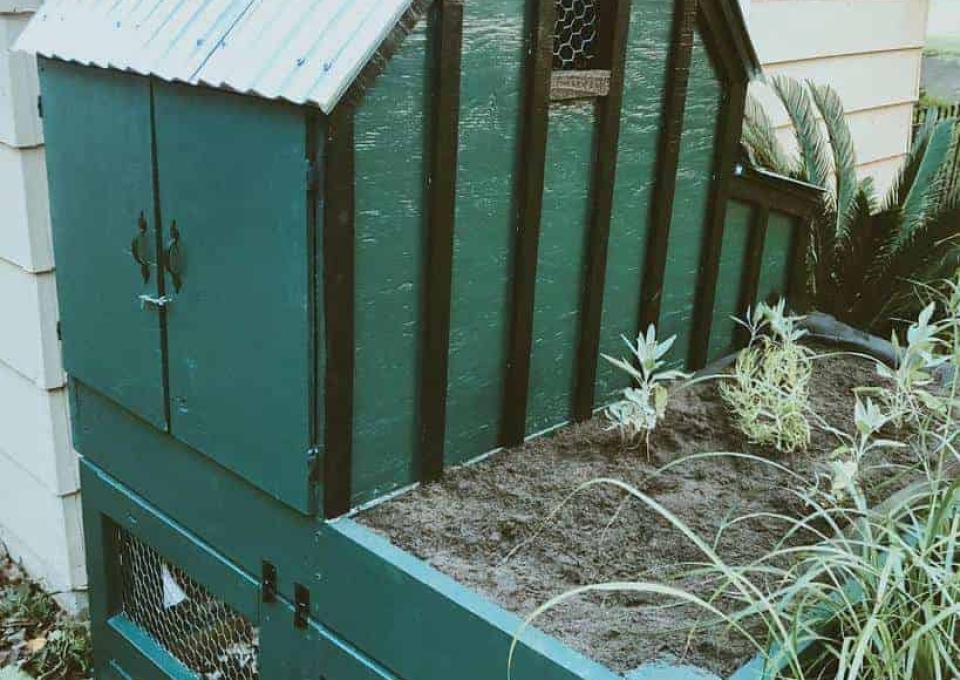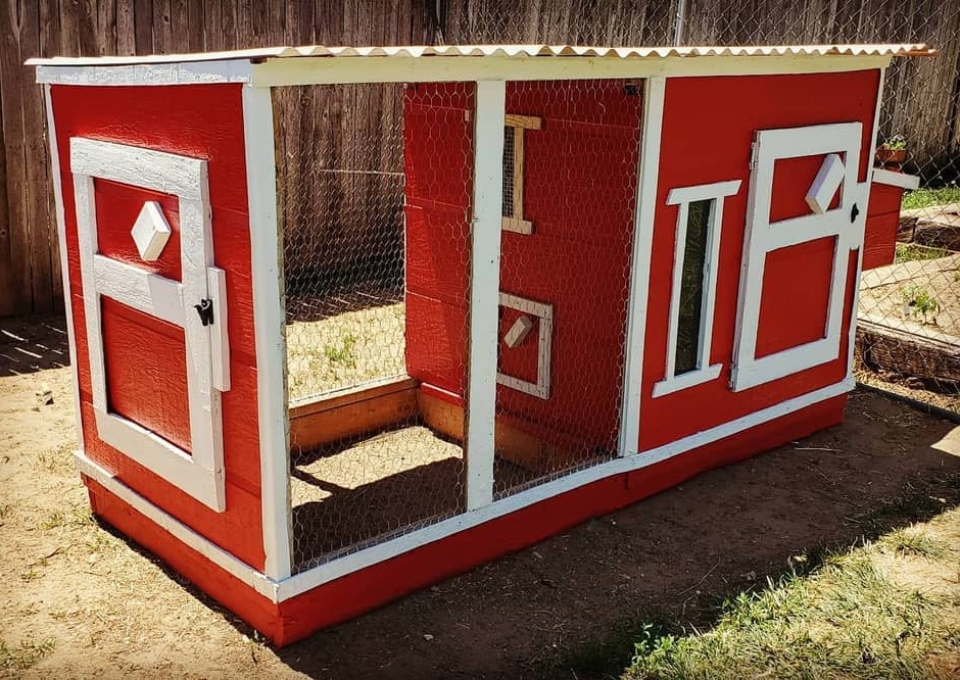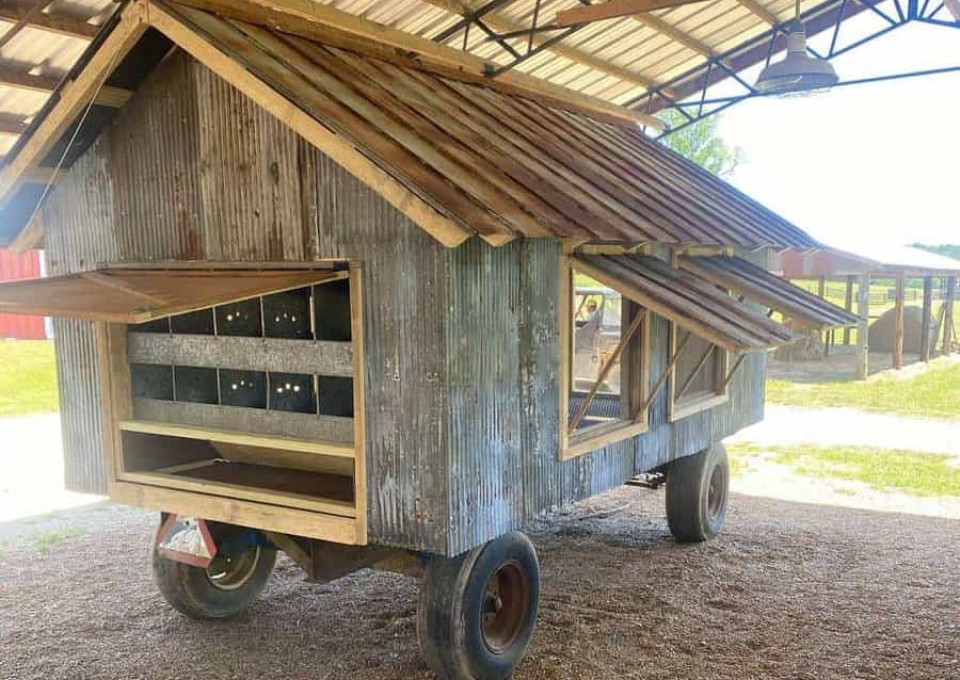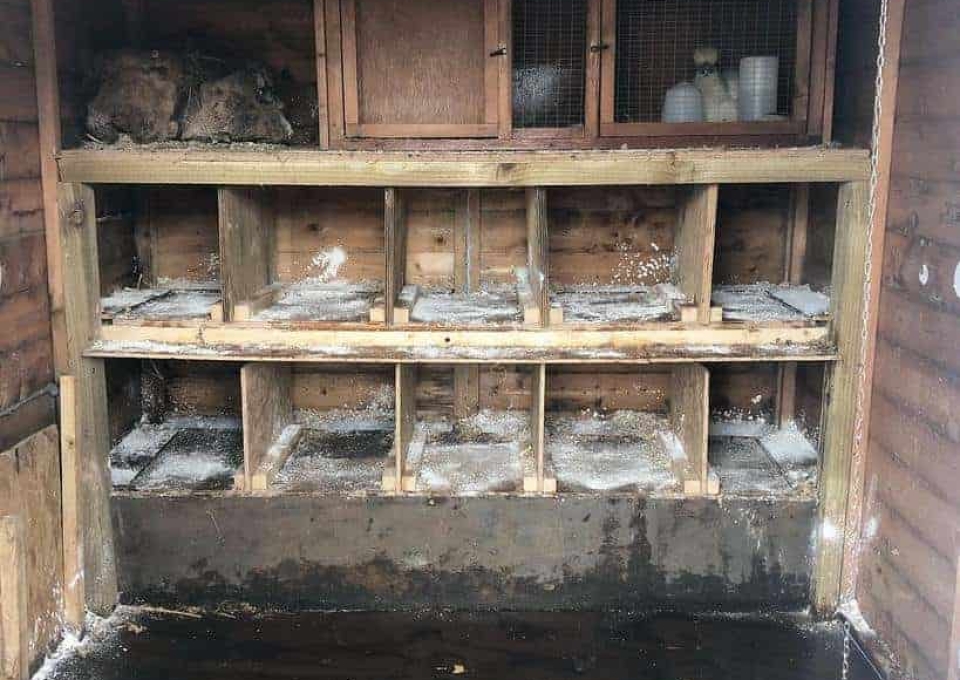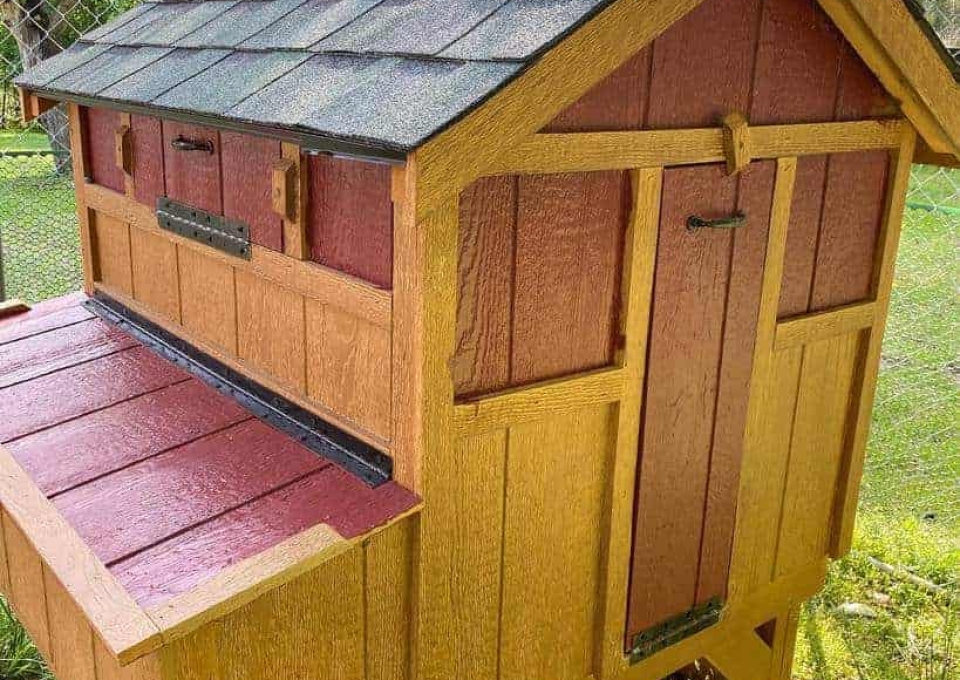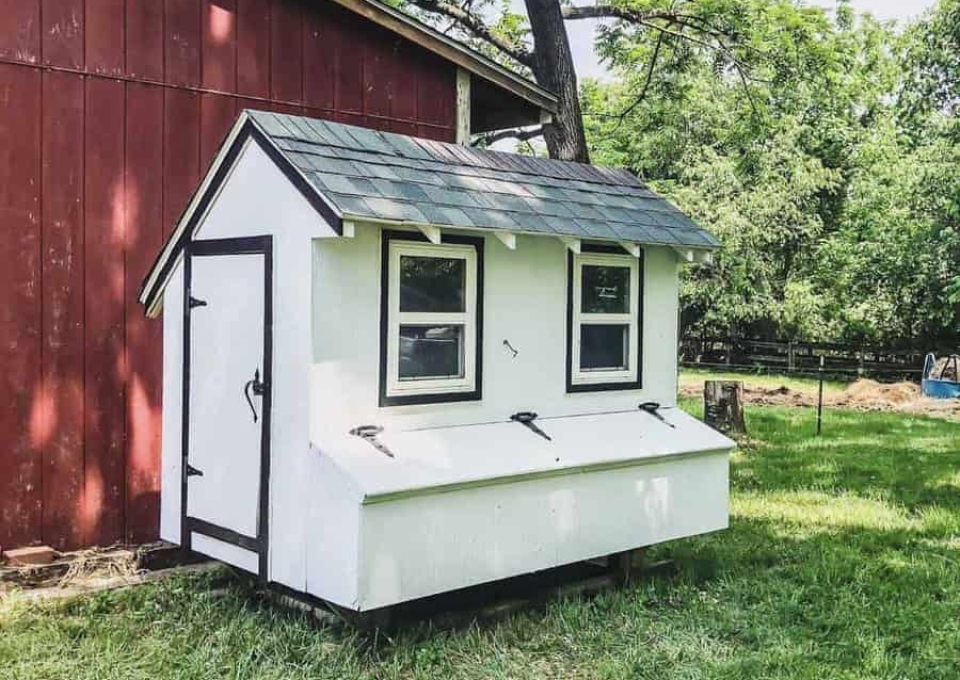Introduction to Backyard Chicken Keeping
Contents

Why Keep Chickens?
Raising backyard chickens provides more than just a supply of fresh eggs. These birds help control pests naturally and produce high-quality fertilizer for your garden. Additionally, their presence adds activity and interest to your outdoor space.
Basic Requirements for Keeping Chickens
Space: Chickens need ample room to roam and forage. Ensure you have a secure, spacious coop and run.
Protection: A sturdy coop is crucial to protect chickens from predators and harsh weather.
Food and Water: Provide fresh water and a balanced diet to keep chickens healthy and productive.
Selecting the Best Chicken Breed

Factors to Consider
When choosing the ideal chicken breed for your backyard, think about their temperament, egg production, and how well they adapt to your local climate. Each breed has specific traits that might meet your needs, whether you want a calm pet for your family or a hardy bird for consistent egg laying.
Popular Breeds for Backyards
- Rhode Island Red: Hardy and reliable egg layers.
- Plymouth Rock: Friendly and easy to handle, great for beginners.
- Orpington: Thick feathers and gentle, suitable for cold climates.
- Silkie: Fluffy feathers and calm, ideal for small spaces.
Understanding Local Regulations

Checking Local Laws
Before you start building your chicken coop, it’s essential to understand the local zoning laws in your area. These regulations can vary widely and may impact the size of your coop and the number of chickens you can keep. Ensuring compliance will help you avoid legal issues and make your chicken-keeping experience smoother.
Necessary Permits and Restrictions
Obtaining the correct permits is a crucial step in building your coop. Local authorities may require inspections to ensure your structure complies with safety and environmental standards. Additionally, be mindful of any restrictions on materials or designs that could affect your plans. Carefully navigating these requirements will keep you legally compliant and ensure your coop is a safe home for your chickens.
Planning Your Chicken Coop
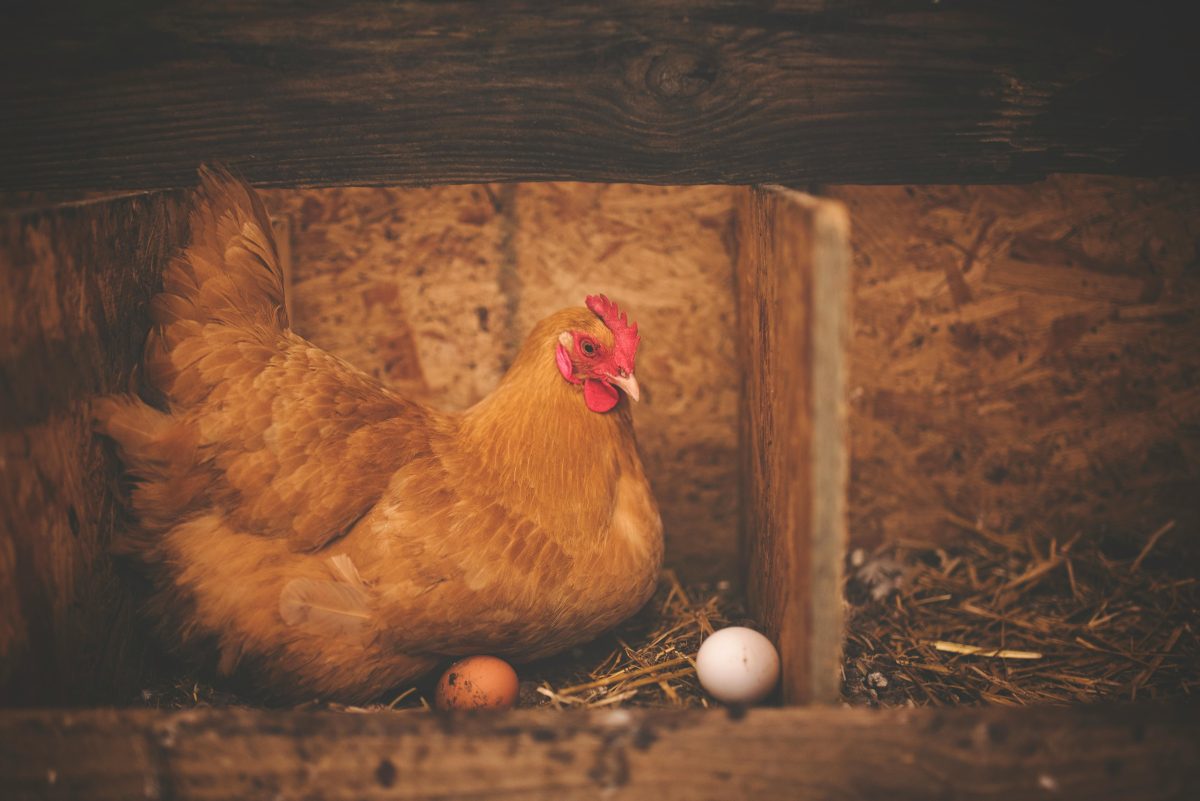
Location and Space Requirements
Selecting the right spot for your chicken coop is crucial. Place it on elevated, well-drained ground to prevent dampness, which can cause disease and discomfort. Ensure sufficient space; generally, allocate 3-4 square feet per chicken inside the coop and around 10 square feet per chicken in an outdoor run. This space is essential for their health and well-being.
Protection from Predators
Predators pose a significant risk to backyard chickens. Your coop should be highly secure. Use a solid, buried base to prevent digging predators like foxes from getting in. Opt for hardware cloth instead of chicken wire for enhanced security. Ensure the roof is secure to protect against aerial predators such as hawks and owls. Use strong locks on doors and windows to keep out clever raccoons and other predators.
Materials and Tools Needed for DIY Coop Building

Essential Materials List
- Lumber: Necessary for framing and structural support.
- Plywood: Used for walls and flooring.
- Hardware Cloth: More durable than chicken wire, providing maximum protection.
- Roofing Material: Shingles or metal roofing to keep the coop dry and secure from predators.
- Hinges and Locks: Important for securing doors and access points.
- Insulation Materials: Needed for temperature regulation, especially in extreme climates.
Recommended Tools for the Job
Building a chicken coop requires both skill and the right tools. A powerful cordless drill speeds up assembly, while a circular saw ensures precise cuts. Don’t forget a hammer, tape measure, and a level to maintain accuracy and stability. For intricate cuts and joins, a jigsaw and a set of wood chisels are invaluable. Safety gear, including gloves and goggles, is essential to protect against accidents. With these tools, constructing a durable and secure chicken coop becomes an achievable project.
Design Principles for Chicken Coops

Ventilation and Insulation
Proper ventilation is essential to maintain healthy airflow and prevent respiratory issues in chickens, while avoiding drafts directly on the birds. Strategically placed vents or windows ensure fresh air circulation without causing cold air to flow directly over the roosting area. Insulation is crucial, especially in regions with extreme temperatures. Insulating the walls and roof of the coop keeps your chickens warm during winter and cool in summer, promoting their well-being.
Ease of Cleaning and Maintenance
- Removable Trays: Adding removable trays under roosting areas makes manure management easier and keeps the coop cleaner.
- Accessible Design: Design the coop so every corner is easy to reach for thorough cleaning and maintenance, preventing pest infestations and ensuring hygiene.
- Durable Materials: Choose materials like treated wood or PVC that can withstand frequent cleaning without wearing out, ensuring the coop remains sturdy and sanitary over time.
Benefits of DIY Chicken Coops
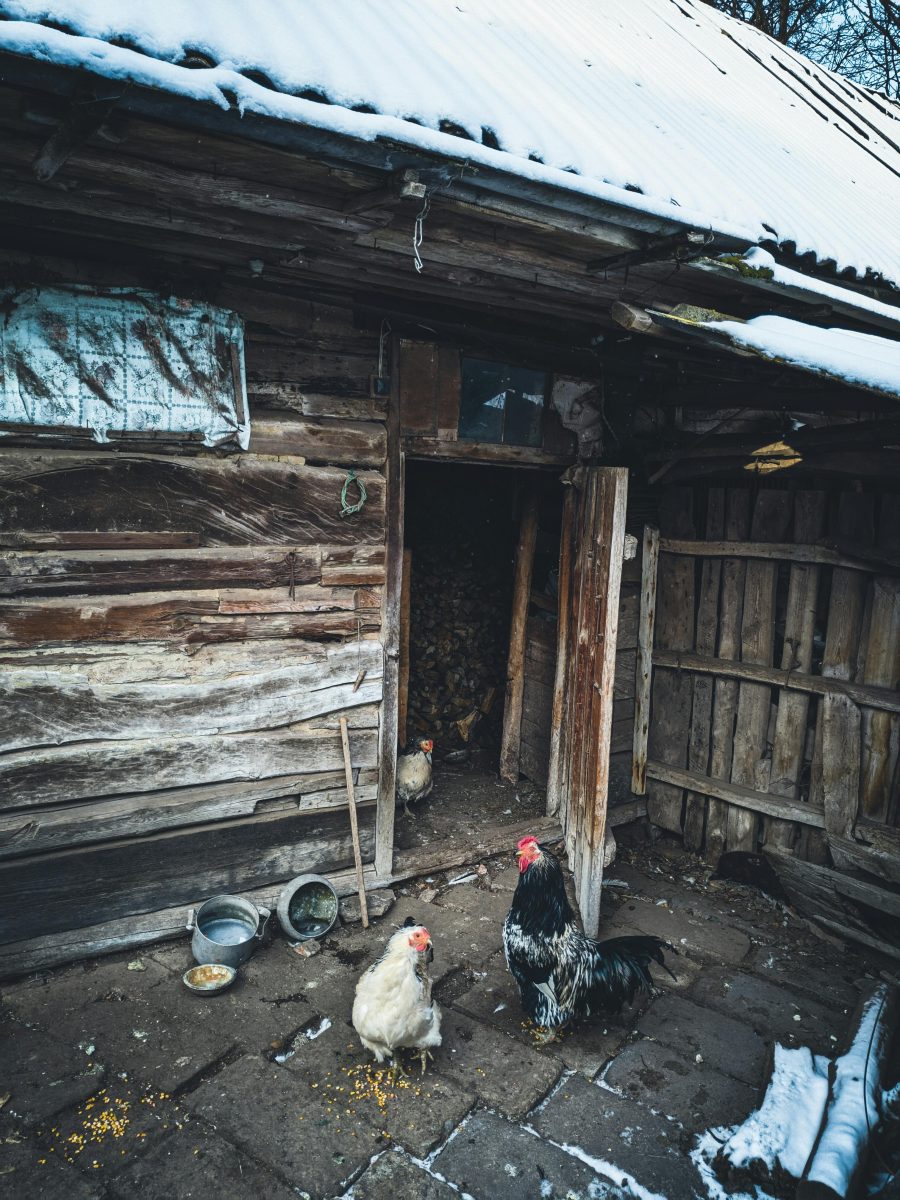
Cost-Effectiveness and Customization Opportunities
Building your own chicken coop can save you a lot of money compared to buying a pre-made one. By sourcing materials yourself and putting in some effort, you can create a functional and secure home for your chickens at a much lower cost. This method not only reduces expenses but also allows for complete customization. You can design the coop to meet the specific needs of your chickens and match your backyard’s look. Whether you need more space for additional chickens or features like better ventilation, a DIY project can be easily adjusted to fit these requirements. This flexibility ensures your chickens have a safe and suitable living space.
Preparation Steps Before Building

Site Preparation
Before installing the first board, ensure the site is thoroughly prepared. Remove all debris, weeds, and obstacles. Level the ground carefully to avoid water pooling, which can create damp conditions harmful to chickens. Take into account the direction of prevailing winds and sun exposure to enhance the comfort and health of your coop.
Gathering Materials and Tools
- Materials: Collect all required materials as specified in the DIY coop plans—lumber, plywood, hardware cloth, and roofing materials are essential.
- Tools: Assemble key tools like a cordless drill, circular saw, hammer, tape measure, level, jigsaw, and wood chisels. Don’t forget safety gear such as gloves and goggles.
DIY Chicken Coop Design Tips
Enchanting Decorative Chicken Coop Ideas
Imagine a backyard oasis where decorative chicken coops combine charm and functionality. Picture vibrant colors on wooden structures, showcasing craftsmanship and detail. These coops are not just homes for chickens; they are centerpieces that enhance your outdoor space.
The Backyard Chicken Coop Ideas Espositolorraine features soft pastels and weathered textures, offering rustic sophistication. In contrast, the Door Chicken Coop Ideas Bockbockbouquet stands out with its striking door, becoming a garden focal point. The Backyard Chicken Coop Ideas Theclassiclittlecoop blends timeless allure with a modern edge.
These coops reflect your unique style and design choices, making each glance out your window a visual delight.
Charming Shiplap Chicken Coops
Imagine a chicken coop that not only shelters your flock but also enhances your backyard’s look. Shiplap’s horizontal planks offer a sophisticated, durable, and clean design. Its texture provides a comfortable and stylish sanctuary for your chickens.
Shiplap’s charm is in its simple elegance. It fits well with any garden, whether in crisp white or natural wood tones. Beyond its visual appeal, shiplap’s sturdy construction ensures reliable protection against the elements.
Bungalow Chicken Coop Designs
Imagine a cozy sanctuary for your flock, nestled right in your backyard. Bungalow chicken coop designs combine charm with practicality, creating a stylish home for your chickens that also enhances your garden. These coops feature low-pitched roofs and broad eaves, protecting your birds from rain and sun with an elegant touch.
Every aspect of bungalow architecture, from the focus on horizontal lines to the harmony with nature, is thoughtfully reflected in these coops. They’re not just shelters; they’re stylish structures, complete with trim work and even a small porch. These designs do more than house your chickens; they make a statement.
Inside, the coops offer comfort, with ample space and cleverly hidden ventilation for optimal airflow. They balance functionality and visual appeal, providing a charming haven for your chickens and an attractive garden feature for you.
Themed Chicken Coop Ideas
Imagine a backyard where a beach hut coop stands, featuring a sandy color scheme and seashell decorations. Or, consider a fairy tale castle for your chickens, making each egg feel like a treasure. Themed chicken coops combine practicality with a touch of creativity.
Whether it’s a rose-covered cottage or a sleek, minimalist design, these coops are more than just shelters; they reflect your personal style. History buffs might choose a Greek temple or medieval fortress, while fans of modern design might prefer clean, geometric shapes that follow current architectural trends.
Every detail matters—from color choices to architectural features. These coops not only look great but also provide a lively environment for your chickens.
All-Screen Chicken Coop Designs: A Breath of Fresh Air for Your Flock
Imagine a space where your chickens are not only safe but also enjoy the benefits of the outdoors. All-screen chicken coop designs combine the openness of the sky with the security your birds need. These coops, enclosed in sturdy mesh, allow fresh air to circulate freely, reducing dampness and odors, which is essential for your flock’s health.
Visibility is a significant advantage. You can easily keep an eye on your chickens, and they can enjoy the wide views, promoting a calm and natural environment. These coops are also strong enough to protect against predators, with screens that are both visually appealing and robust.
These coops fit seamlessly into any garden, showing your dedication to both style and the well-being of your chickens.
Effortless Elegance: Moveable Chicken Coop Ideas
Imagine the ease of moving your chickens to fresh foraging areas with a moveable chicken coop. These mobile coops, often on wheels or designed as lightweight structures, make repositioning simple. Whether to catch the morning sun or to explore a new part of your garden, these coops offer unmatched convenience.
This concept is both smart and practical. Moving the coop promotes a healthier environment for your chickens and revitalizes your landscape. Picture a Bennett Farms coop rolling through your garden, adding rustic charm, or an Enger Grove design that combines functionality with aesthetic appeal. Galipeauchristian offers another option where mobility meets elegance and efficiency.
These versatile coops demonstrate effective land and poultry management. Choosing one shows a commitment to flexibility and the well-being of your chickens and their environment.
Nesting Box Designs for Your Feathered Friends
Explore our selection of nesting box designs that combine practicality and style. These designs provide a comfortable space for your hens and add a charming touch to your yard.
The “Inthecooper” model is a prime example of elegant simplicity. Its clean lines make it easy for both hens and caretakers to use. On the other hand, the “Linguinibeans” design features playful details, making it a standout piece in your garden.
For a touch of rustic charm, consider the “Lone Rooster Homestead” nesting box. This design blends nostalgic aesthetics with modern functionality, creating a cozy retreat for your chickens. Each design is crafted to offer a peaceful egg-laying environment while enhancing your outdoor space.
When incorporating these designs into your DIY chicken coop plans, focus on combining beauty and utility.
- Streamlined Silhouettes Choose minimalist designs that are both attractive and user-friendly.
- Playful Accents Opt for designs with unique touches that add character to your garden.
- Rustic Aesthetics Select boxes that offer a blend of traditional charm and modern convenience.
Pallet Chicken Coop Ideas
Transform your backyard with pallet chicken coops that combine eco-friendliness with innovative design. These sturdy, versatile materials offer a cost-effective and sustainable housing solution for your chickens. The Johnson Farm in Texas showcases a coop that exudes country charm, providing chickens with a spacious haven. Alisa Dugan’s creation is perfect for city dwellers, compact yet full of character. Flying Sawdust elevates craftsmanship, blending visual appeal with functionality.
These structures are more than just shelters; they are a testament to creative recycling. Using pallets means you’re building a stylish, comfortable home for your chickens while benefiting the environment.
- Space Efficiency: Maximize your yard with designs that fit snugly into any corner.
- Customization: Personalize with colors, accessories, and layouts that reflect your style.
- Durability: Rely on the resilience of pallets to withstand the elements over time.
Rustic Chicken Coop Designs
Transform your backyard into a charming retreat with rustic chicken coop designs that exude old-world charm. These coops, crafted from weathered wood, serve as both functional shelters and attractive focal points. Their natural finishes and reclaimed materials highlight sustainability, adding an eco-friendly touch to your garden.
At dawn, the golden light illuminates the aged planks, and the air fills with the soft clucking of your chickens. These coops blend seamlessly with their surroundings, providing a secure and inviting home for your birds. They enhance your outdoor space, combining practicality with visual appeal.
Tiny House Chicken Coop Designs
Transform your backyard with efficient tiny house chicken coop designs. These compact structures maximize space, similar to tiny homes. Multi-tiered interiors provide ample roosting and nesting areas above, while the ground level is free for foraging and play.
These coops combine style and comfort, meeting practical poultry needs with chic design. They offer a secure and stylish retreat for your flock without taking up too much space.
- Space-Saving Layouts Multi-level designs ensure a small footprint with spacious living quarters for your chickens.
- Integrated Storage Feed, bedding, and tools are easily stored and within reach.
- Customizable Aesthetics Customize the look to match your garden, from rustic to contemporary styles.
In Closing
Building your own chicken coop is a rewarding DIY project and a significant step towards sustainable living. By constructing a customized home for your chickens, you ensure their health, happiness, and productivity. This guide has provided you with essential knowledge, from selecting the right materials and tools to understanding local regulations and designing for easy maintenance. With these insights and your creativity, you’re ready to create a safe, comfortable, and aesthetically pleasing chicken coop that will serve your backyard flock for years. Embrace this opportunity to enhance your self-sufficiency and deepen your connection to the natural world.
- What is the easiest type of DIY chicken coop to build for beginners?The easiest type of DIY chicken coop for beginners is a simple A-frame or box-shaped design. These designs require fewer materials and less complex construction techniques. Many free plans are available online that cater to beginners, complete with step-by-step instructions.
- What materials do I need to build a DIY chicken coop?The materials you need include lumber, wire mesh, nails, screws, and roofing material. You may also require insulation materials, hinges for doors, and possibly paint or stain for aesthetic purposes. It's important to choose materials that are durable and suitable for the climate in your area.
- Can I build a chicken coop on a budget?Yes, you can build a chicken coop on a budget by using repurposed materials or sourcing second-hand items. Look for old furniture, pallets, or scrap wood that can be converted into parts of the coop, and shop around for deals on hardware. Be mindful to not compromise on the safety and comfort of your chickens while trying to save money.
- Can I use recycled materials for my chicken coop?Yes, you can use recycled materials for your chicken coop, which can be both cost-effective and environmentally friendly. Items like wooden pallets, old windows, and scrap lumber can be repurposed into various parts of the coop. Ensure that the materials are safe for chickens and free of hazardous chemicals or sharp edges.
- How big should my chicken coop be?A chicken coop should provide at least 3 to 4 square feet of space per chicken inside the coop, and about 8-10 square feet per chicken in an outside run. The size may vary depending on the breed of the chickens and how much time they will spend outside the coop. Always plan for more space than you think you'll need in case you decide to add more chickens later on.
- How can I ensure proper ventilation in my chicken coop?Proper ventilation can be ensured by including vents or windows that can be opened or closed depending on the weather. Position vents near the roof to allow hot air to escape and include lower openings to promote air circulation. Ensure that the openings are covered with predator-proof mesh to keep your chickens safe.
- How do I protect my chicken coop from predators?To protect your chicken coop from predators, ensure it is well-constructed with no gaps or weak points. Use hardware cloth instead of chicken wire for better protection, bury it around the perimeter to prevent digging, and secure the coop with locks. Regularly inspect the coop for potential vulnerabilities and maintain the surrounding area to reduce hiding spots for predators.
- How often should I clean my DIY chicken coop?Your DIY chicken coop should be cleaned at least once a week to maintain hygiene and prevent diseases. More frequent cleaning may be necessary depending on the number of chickens and the coop design. Regular cleaning also helps to control odors and reduce the likelihood of pest infestations.
- What features are important to include in a DIY chicken coop?Important features for a DIY chicken coop include nesting boxes, perches, proper ventilation, and easy access for cleaning. Nesting boxes should be dark and cozy for egg-laying, while perches should be placed at varying heights for roosting. Adequate ventilation is crucial to prevent moisture buildup and respiratory issues, but make sure it's predator-proof.
- What is the best location for a chicken coop in my yard?The best location for a chicken coop is a well-drained area that receives sunlight and is protected from strong winds. It should be easily accessible for cleaning and egg collection, and safe from predators. Consider the coop's proximity to your house for convenience, but also keep in mind any local regulations regarding livestock housing.

